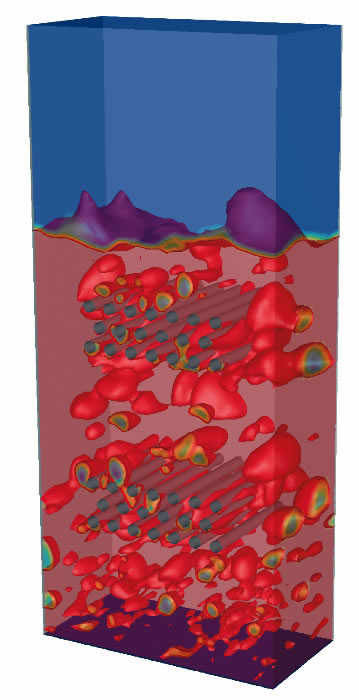As we discussed in our previous post, the first step when tackling a multiphase CFD problem is to identify the key characteristics of your physical system. Once you've done this (using our checklist if you are still new to multiphase CFD), you can begin to make informed decisions on what multiphase modelling approaches to use. We've compiled the following guidelines based on the decades of experience that LEAP has developed while helping customers in Australia and New Zealand to solve multiphase CFD problems, particularly companies and researchers in the minerals, process and energy industries: [1] If your problem involves a distinct free surface between two fluids (typically liquids), then the "Free surface" model in CFX or "Volume of Fluid / VOF" model in Fluent...
Archives
Webinar: Overview & Recent Advancements in Multiphase Flow Modelling with Dr. Markus Braun, ANSYS Inc
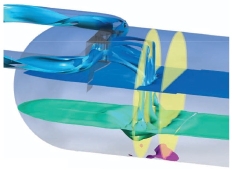
In advance of his visit to Australia in December, LEAP Australia is pleased to announce a webinar to be conducted by Dr. Markus Braun on Wednesday November 14th at 4pm AEDT (Syd/Mel daylight savings time). This webinar will provide an overview of multiphase flow modelling techniques and discuss recent advancements that impact the use of CFD in the minerals processing, energy and related industries. Who should attend? This webinar is suitable for all engineers, researchers and managers involved in projects that include CFD modelling of multiphase flows. About the presenter: Dr. Markus Braun studied mechanical engineering at RWTH Aachen, receiving his Diploma in 1989. He finished his studies with the award of the Springorum Denkmunze for excellent students at RWTH Aachen. Markus then joined the...
10 questions to ask yourself when tackling your first (or a new) Multiphase CFD project
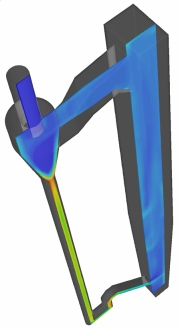
By virtue of the many physical processes we are often attempting to simulate in a virtual environment, CFD can be a complex beast. To accurately account for all real-world behaviour, the CFD engineer must consider the applicability of a large number of physical effects, including complex turbulence, compressibility, various modes of heat transfer and, last but certainly not least, the interaction of multiple phases comprising liquid, gaseous and solid components. Even if you have mastered all of your geometry and meshing requirements, and undertaken many years of single-phase CFD simulations, it can still be a daunting task when you are asked to tackle your first multiphase CFD problem. Before you begin, we recommend that you ask yourself the following: [1] For each phase...
Webinar: Recent Advancements in Turbulence Modelling with Dr. Florian Menter
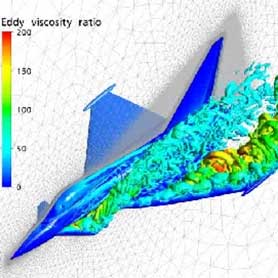
As part of the visit to Australia by Dr Florian Menter, world-recognised expert in turbulence modelling, LEAP Australia is pleased to announce a webinar to be held on Thursday Aug 30th at 11am AEST. This webinar will provide an overview of recent advancements in turbulence modelling and is being held for those customers unable to attend the Advanced Turbulence training courses in Sydney, Melbourne and Perth. More information on the training courses can be found here in a separate post. Who should attend? This webinar is suitable for all engineers, researchers & managers involved in performing CFD modelling of turbulent flows. ABOUT THE PRESENTER Dr. Menter is a world-recognised expert in turbulence modelling. He developed the widely used Shear-Stress Transport (SST) turbulence model, which has...
Top Australian Design Award goes to Deepsea Challenger submersible
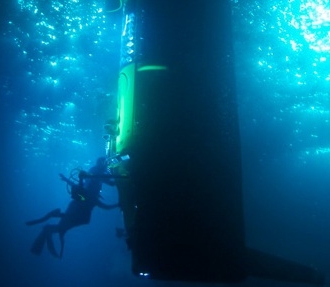
LEAP Australia wishes to congratulate Finite Elements Pty Ltd on their impressive use of ANSYS simulation technology during the design and testing of James Cameron's Deepsea Challenge submersible vehicle, which successfully completed its historic expedition to the Mariana Trench’s lowest point, the Challenger Deep, on March 25, 2012. The Deepsea Challenger submersible became the first single occupant research vessel to safely reach the bottom of the Mariana Trench, which at 11kms below the surface is the deepest part of the world's oceans. The Deepsea Challenger was constructed in a factory in Sydney, and the design involved a 6 year collaboration between James Cameron, Ron Allum and Phil Durbin with his team at Finite Elements Pty Ltd. Following his safe return to the surface, James Cameron commented "When...
Influence of CFD Technology on London Olympic Games
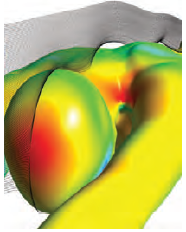
Many of you may already have detailed knowledge of the use of CFD in your area of expertise, but it is not often that as a CFD community we can all unite in appreciation of a common group of applications that we can all relate to. With the London 2012 Olympic Games fast approaching, we felt it is worth taking a look at the way in which CFD technology is playing a crucial role in many Olympic sports. You may have already been aware of the tremendous work that companies such as Speedo had invested in CFD technology to keep their products a step above their competitors. In fact, so successful were the Speedo LZR RACER swimsuits developed for the Athens and Beijing Olympics that they were eventually...
Learn from the Expert: Turbulence Training with Dr. Florian Menter
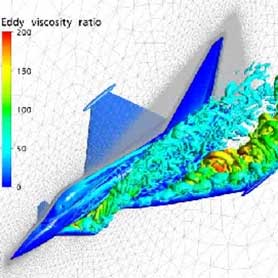
Dr. Menter is a world-recognised expert in turbulence modelling.
He developed the widely used Shear-Stress Transport (SST) turbulence model, which has set a milestone in the accurate prediction of aerodynamic flows. He has also contributed to the formulation of one-equation turbulence models, advanced near wall treatment of turbulence equations, transition modelling and unsteady flow models. He has been in charge of the turbulence modelling program at ANSYS for more than 15 years and has been involved in a wide range of industrial modelling challenges.
How the top Formula One (F1) teams stay on the podium
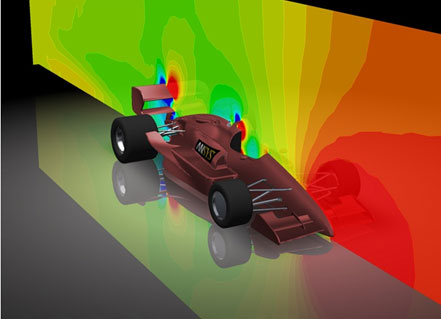
You may already know that Computational Fluid Dynamics (CFD) is currently used by all Formula One teams as part of their ongoing development for their aerodynamics and cooling packages. Since the technologies pioneered in F1 car development regularly flow through into other engineering industries, we felt that a post on this topic was the perfect way to launch LEAP's CFD blog. [box type="info"] In recent years, CFD has become a tool that is no longer just a complement to F1 team's sophisticated wind tunnel and track testing equipment, but an indispensable tool for the top teams to gain that extra competitive advantage. In this post, we will focus on why and how this powerful technology is used by Formula One teams today, as well...

